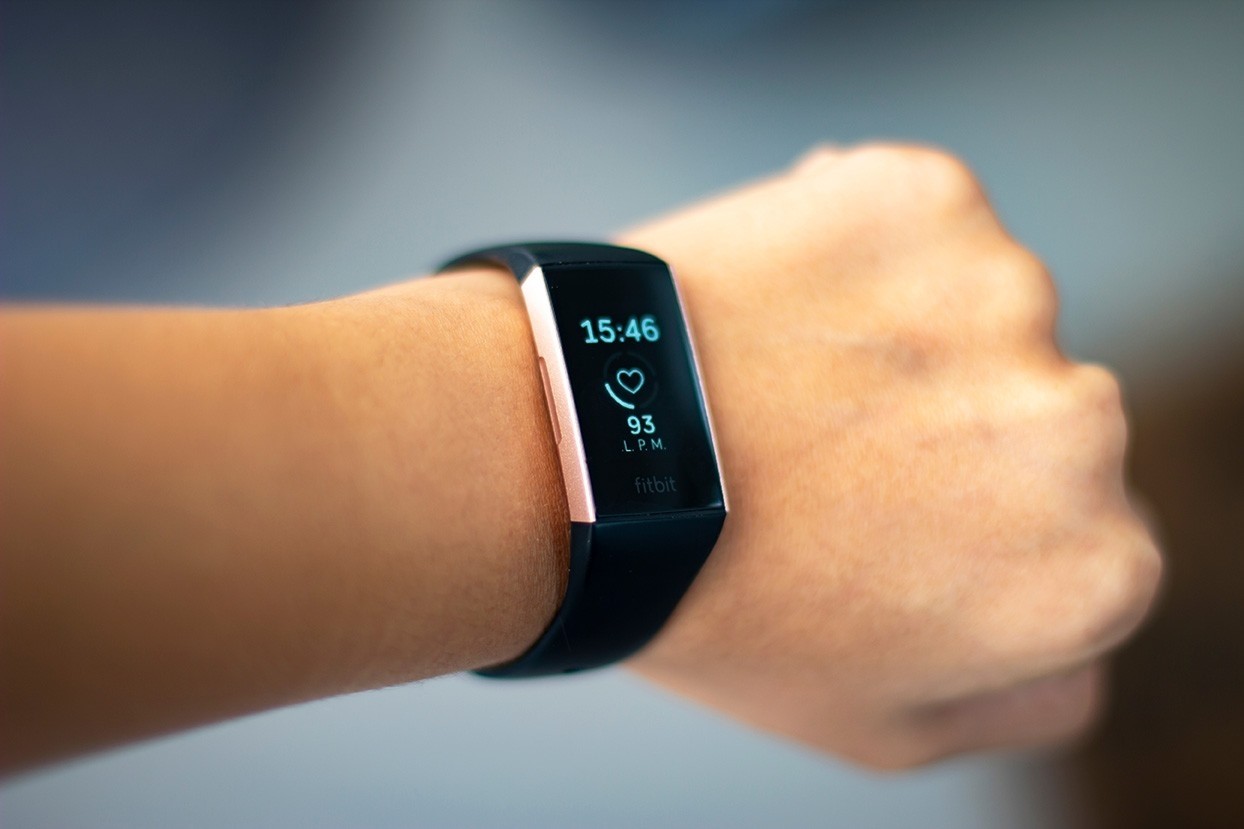
Monitors help predict flu and cold before symptoms start
By deliberately infecting people with the flu and cold viruses, researchers have strengthened the evidence that wearable health monitors could help stem the spread of infectious diseases.
It takes about two days after a person is exposed to the flu virus for symptoms to develop. For the viruses that cause the common cold, the incubation period can be one to three days.
During this period that a person is infected but feels fine, they might go to work, school, or other places where they spread the virus to others, so it’d be useful to be able to detect infections before the onset of symptoms — and wearable health monitors might make that possible.
The health monitors collected data on the trial participants’ heart rates, skin temperatures, movements, and more, both before and after exposure to either the flu virus (H1N1 influenza) or a common cold virus (human rhinovirus).
Twenty-four hours before symptoms appeared, the algorithm could predict whether a person’s infection would be mild or moderate, with 90% accuracy for the flu and 89% accuracy for a cold.
 English
English Arabic
Arabic


